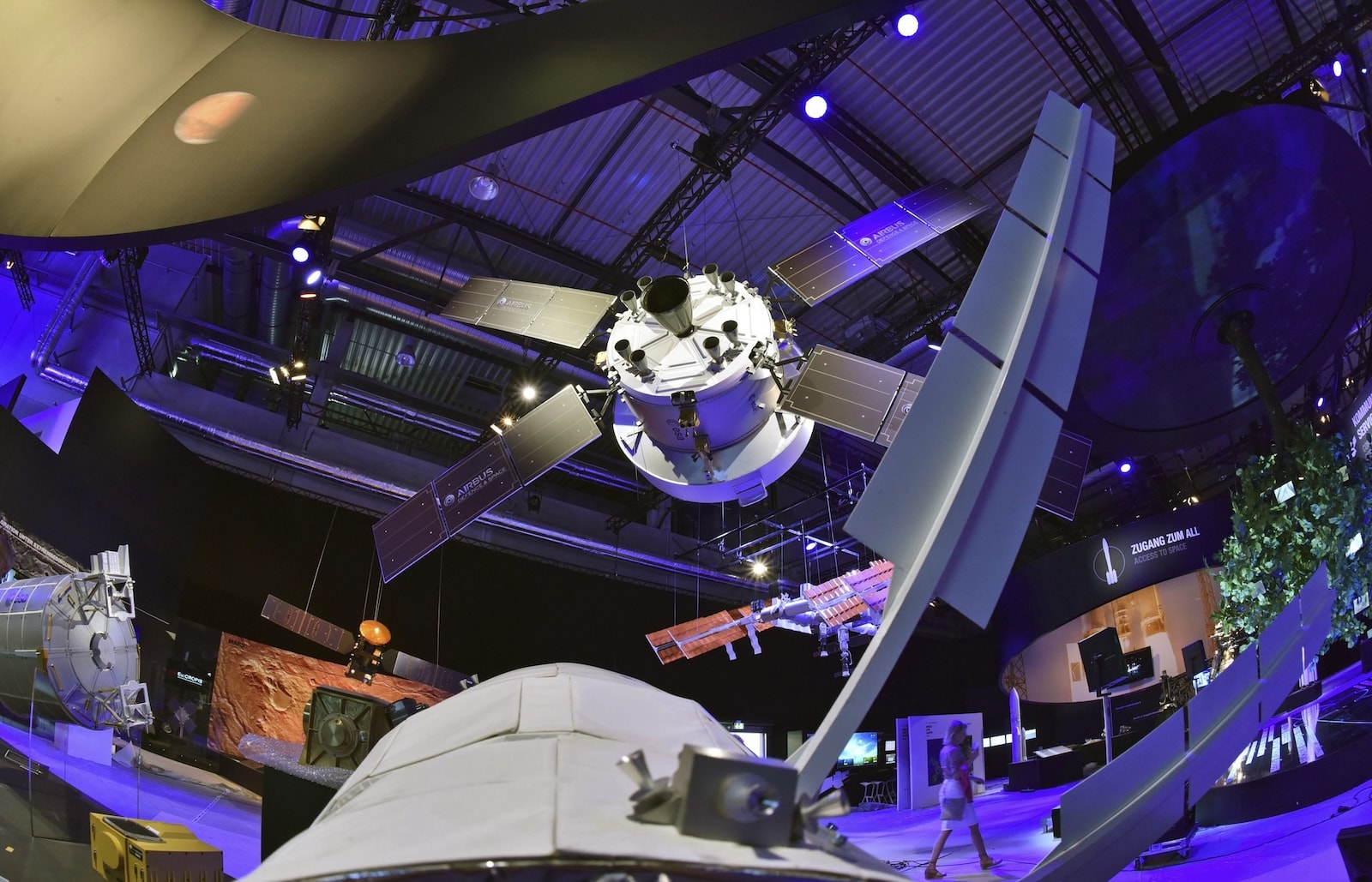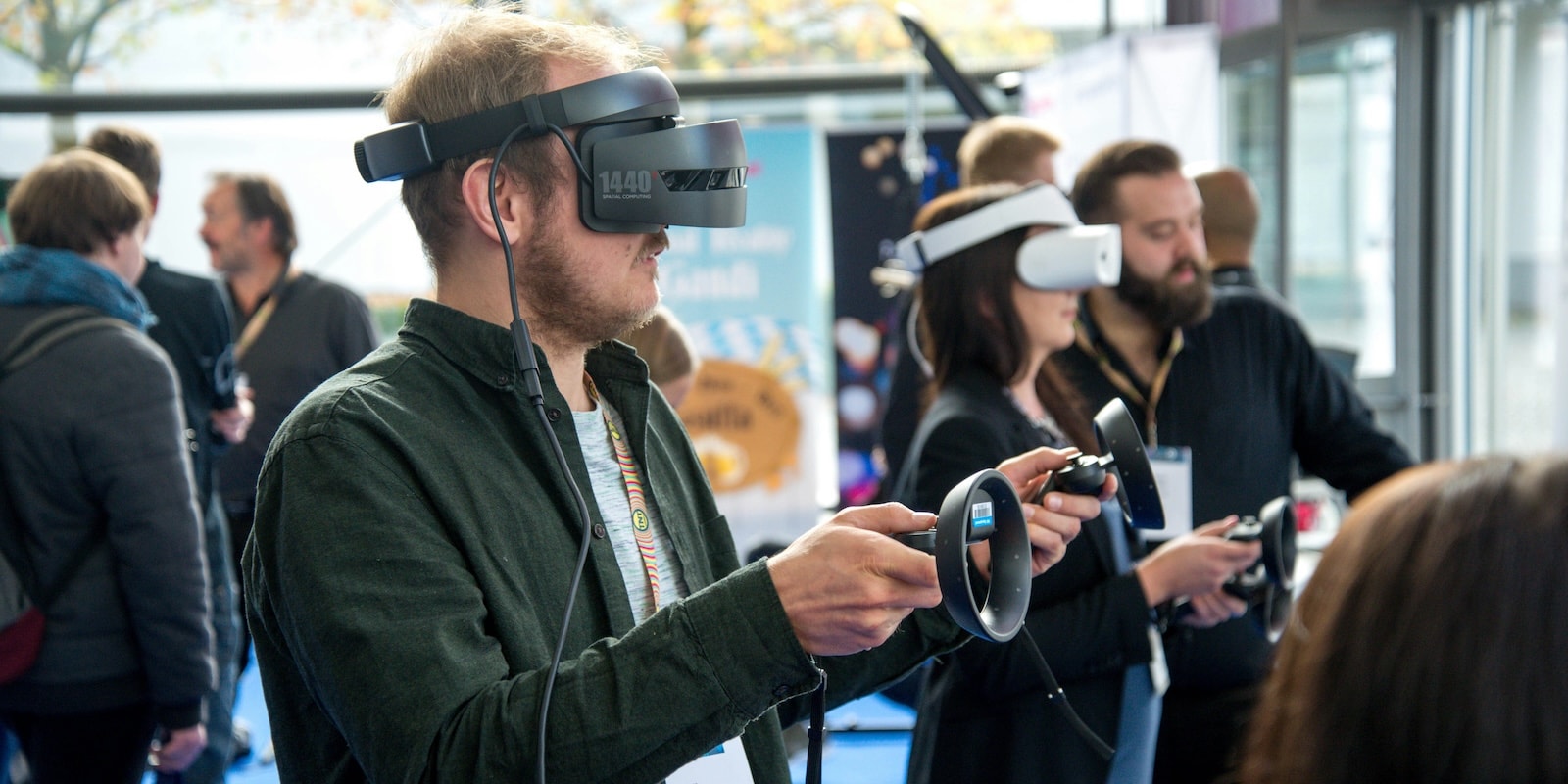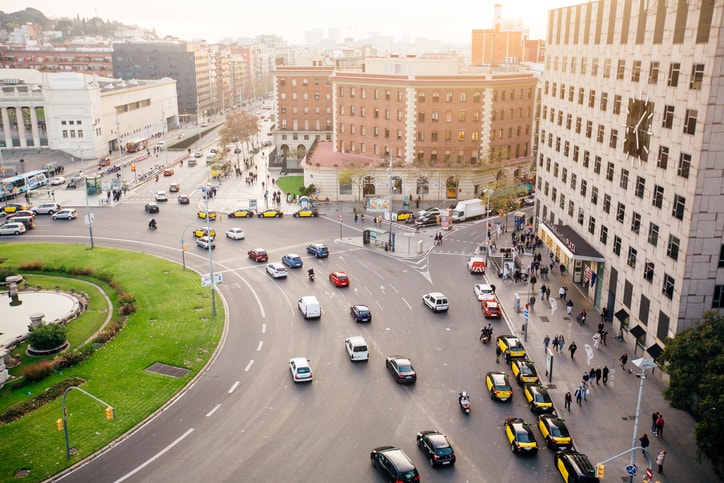Tuesday, April 15, 2025
This physical phenomenon, found in some crystals and other materials, allows the generation of electricity when pressure is applied or when they are deformed. In recent years, several lines of research have been opened to harness this capability as a sustainable energy source.
Around us, we have numerous examples of surprising physical phenomena that occur in nature and can help us discover new, more sustainable sources of energy. This is the case with piezoelectricity, a capability that certain materials, usually crystals, have to generate electricity when pressure is applied or they are deformed.
Thus, quartz, tourmaline, or topaz are capable of producing a small electric charge when squeezed or bent, and vice versa: if electricity is applied, they change shape slightly. This ability is also characteristic of ferroelectric materials, which have the same internal structure as crystals. For instance, cooking lighters or quartz watches are two objects that rely on piezoelectricity to function.
In recent years, researchers from around the world have studied how to apply this piezoelectric effect in the field of energy efficiency. One of the most recent studies from the Japanese University of Tohoku aims to develop a device that transforms the kinetic energy of human movement into electricity, using a combination of piezoelectric materials and carbon fiber.
In the Japanese capital, Tokyo, both at Shibuya train station and Narita international airport, several pilot projects have been carried out where they take advantage of the influx of passengers (over one and a half million people pass through Shibuya daily, and about 10,000 through Narita) to generate electricity that powers some facilities and LED screens. How? By placing panels with piezoelectric materials on the ground that, when stepped on, produce a small amount of energy.
These electric steps have also inspired nightclubs in Rotterdam (Netherlands) and London (England) to generate electricity on the dance floor. And this English company has multiple projects around the world: from Sydney’s train station to the Goodwood Speed Festival in Sussex. Another example can be found at the Driebergen-Zeist station in the Netherlands, where the Natuurcafé Le Porte café has a rotating door that generates energy each time someone passes through it.
For years, there have been several Spanish projects underway to explore, on one hand, how roads can capture energy by incorporating piezoelectric elements into the pavement; and on the other hand, a signaling system to increase visibility using piezoelectric sensors.
Finally, other lines of research are focused on energy storage, innovative batteries, efficient generators, and smart footwear. These are all the examples of how by observing nature, we can discover new sources of energy. These innovations not only bring us closer to a more sustainable future but also inspire us to continue exploring and creating solutions that harmonize our environment and promote a healthier planet for all.
¿Te ha parecido interesante?





